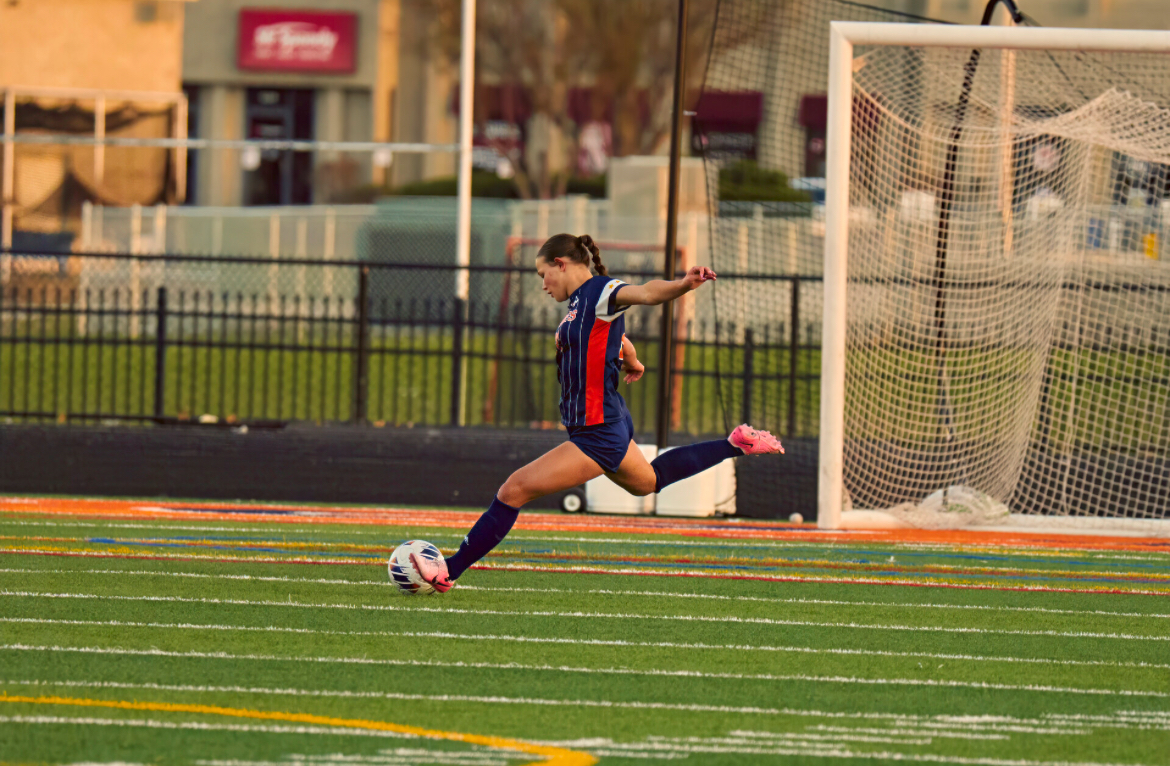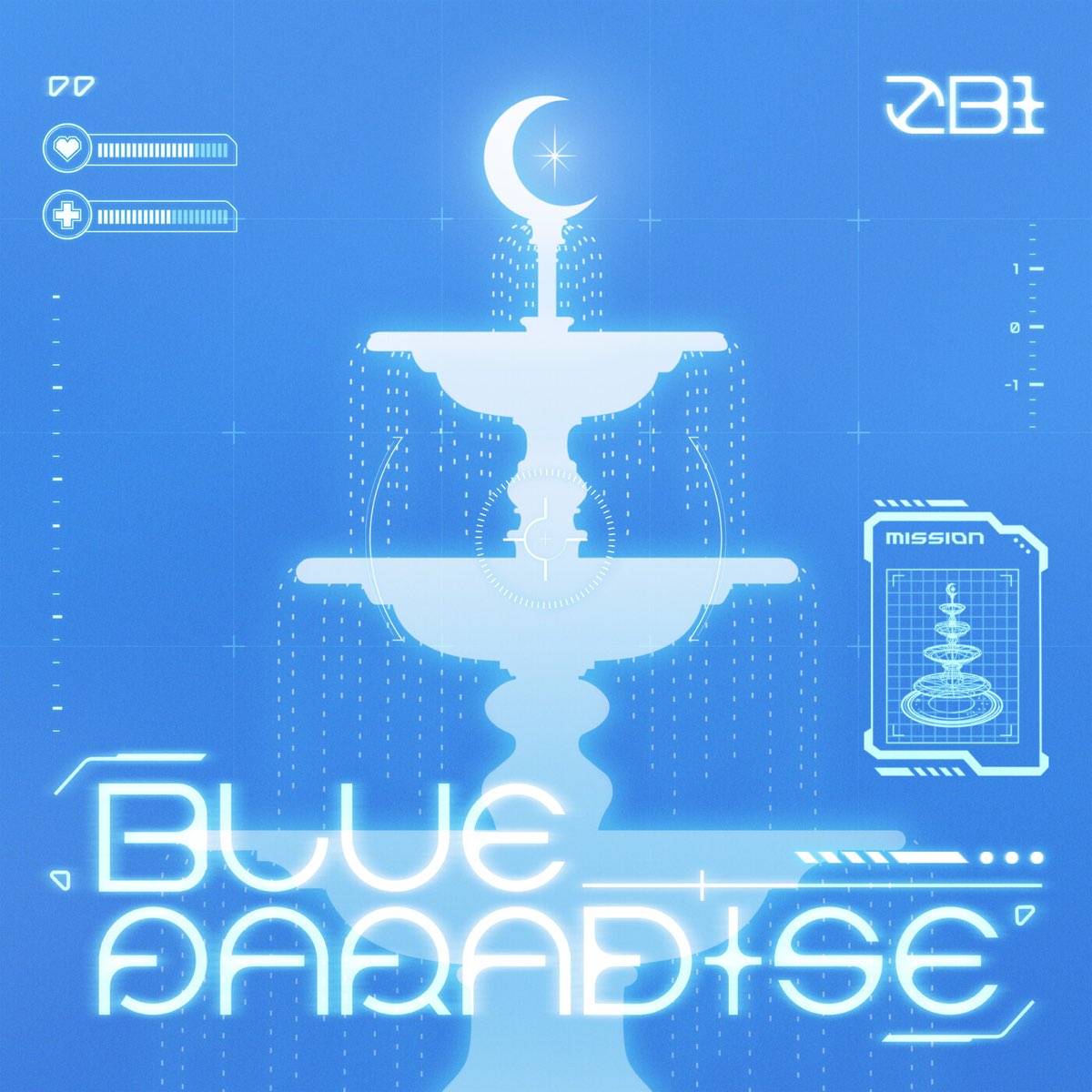
Chris Sander’s animated film adaptation of “The Wild Robot” is a captivating, visually appealing film with a bold message on love and parenthood that resonates with children, parents and angsty adolescents alike.
Released on Sept. 27, the movie has acquired $100.7 million in the box office, as of Oct. 6, according to boxofficemojo.com. This animated film, starring Lupita Nyong’o, was based off of the best selling novel published on April 5, 2016.
Within the first few minutes of watching the film, the audience is introduced to Roz, voiced by Nyong’o, a robot stranded on an animal-inhabited island after a ravenous storm struck the area. As the story progresses, Roz finds a gosling egg and names it Brightbill. Roz takes it upon herself to care for it and help it migrate by the fall, with the help of some other animals, Fink and Pinktail.
Throughout the story, the audience develops a great attachment to the characters. As I watched for the first time, I noticed myself sympathizing with every character, each one for a specific, distinct reason. Roz charmed me because of her persistence to take care of Brightbill, even when the task gets difficult. Brightbill’s allure was due to his love for everything and everyone around him, even if he doesn’t receive that love back. Even though the characters are not human, both the film director Sanders and book author Brown do an excellent job capturing the human characteristics that make this film so impactful. From Brightbill to Pinktail, each character has experiences that get thrown into the spotlight as we move through the plot.
The most significant aspect of the film was the strong message being told using hard-hitting dialogue. Roz states, “I don’t have the programming to be a mother.” Pinktail responds with, “No one does.” This quote specifically made me feel unexpectedly similar to Roz; though she is a robot, she is experiencing such strong and relatable emotions of hopelessness and frustration. The overall story execution is exceptional, as it includes remarkable vulnerability, and it shines a light on the struggles of parenting. Aside from the message on parenthood, the story also emphasizes the importance of allowing yourself to be led by your heart. “We must become more than we are programmed to be,” states Roz during the film’s climax; this was another strong moment of dialogue that made me feel especially connected to Roz.
Another important thing to note when watching this film is the style of animation that is used. I felt that this style was slightly different from past animated films in the past. However, there have been new animated films being released that have begun to use this specific style, such as “Bad Guys” and the “Puss In Boots” sequel, according to an article from Variety. I noticed an emphasis on hand-painting and expressiveness within this movie, which created a unique visual that allows the audience to immerse themselves in the fictional world. I was oddly invested in the color and style choices, as it is something I rarely ever see in an animated film.
“The Wild Robot” is not just a movie for the kids to enjoy. The deep, aging themes, messages and animation style incorporated throughout the story are significant to not only today’s youth, but older generations as well.













